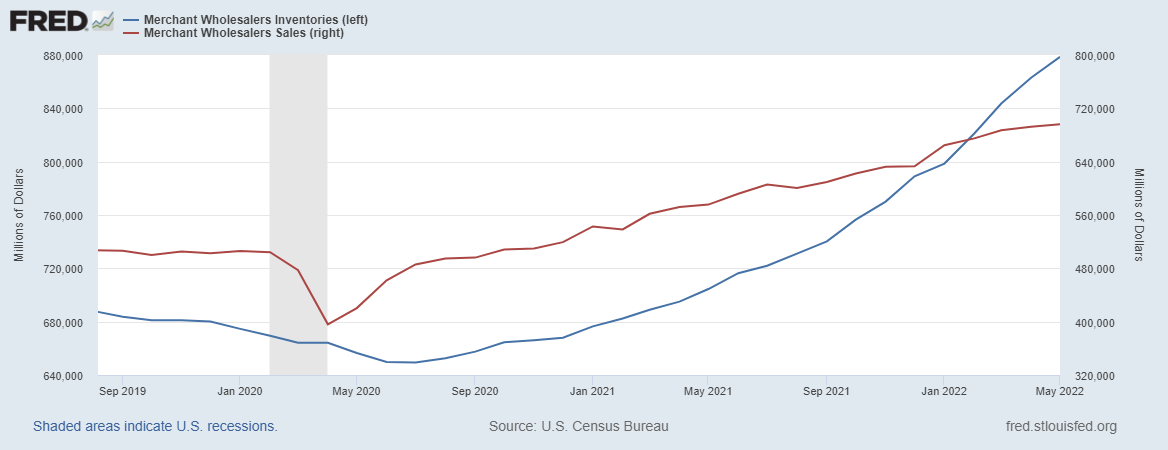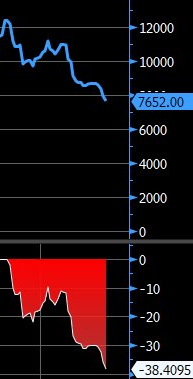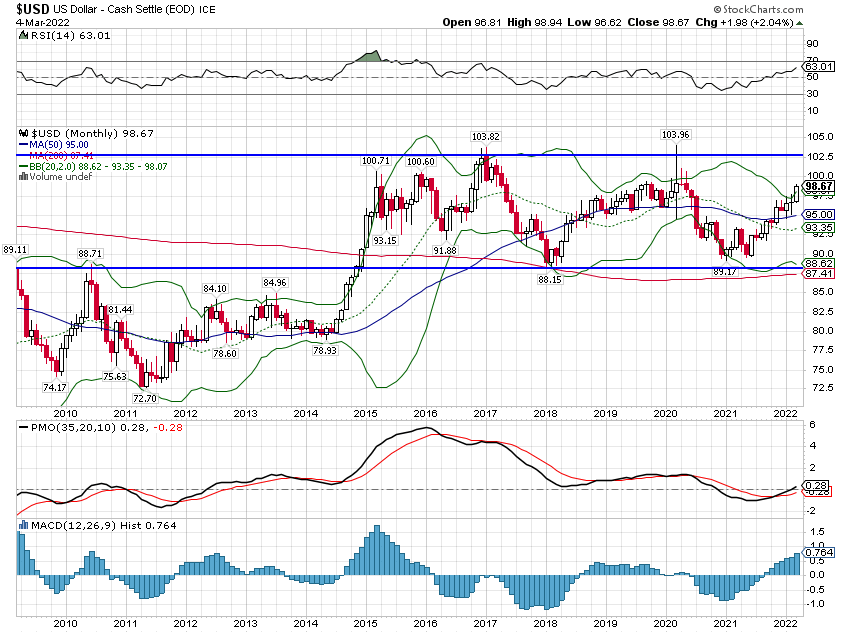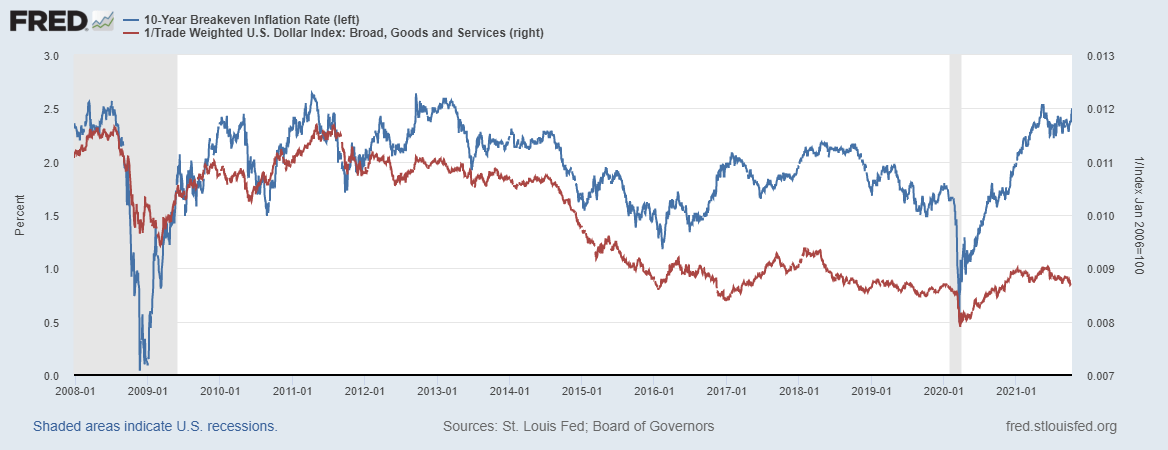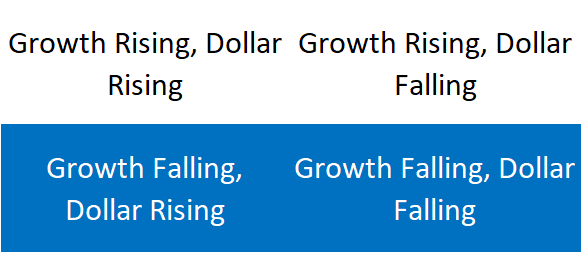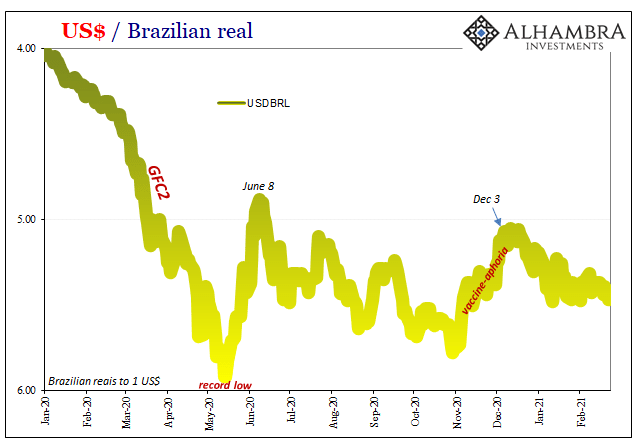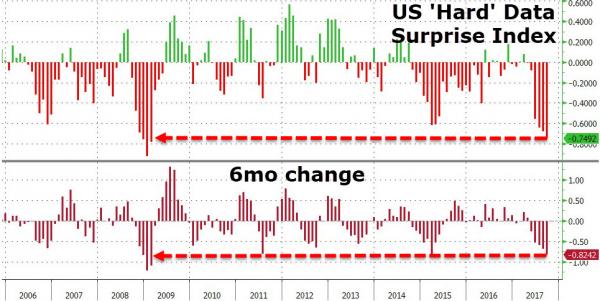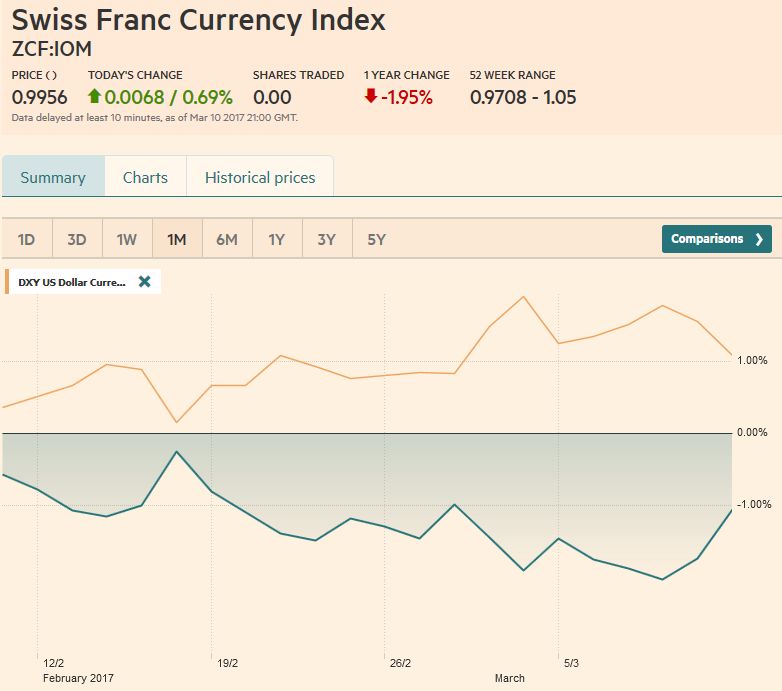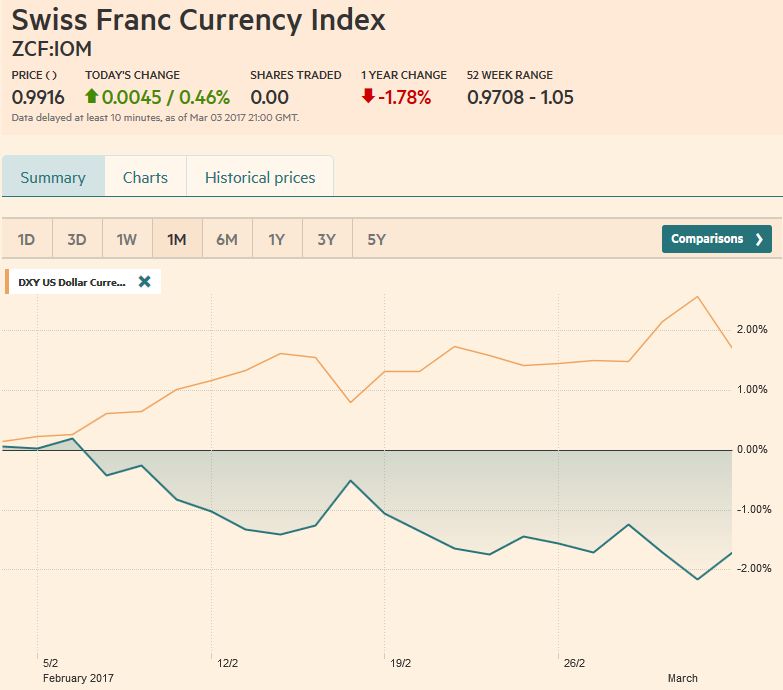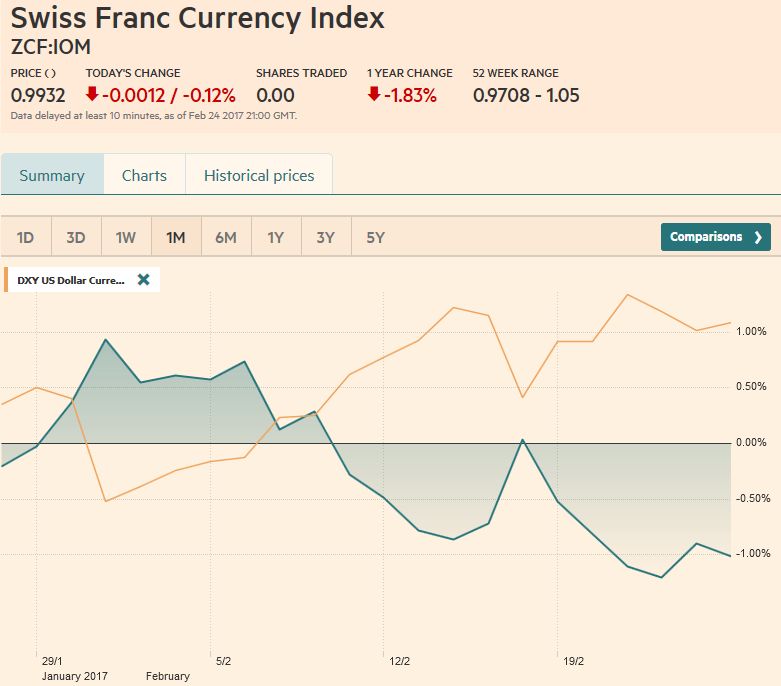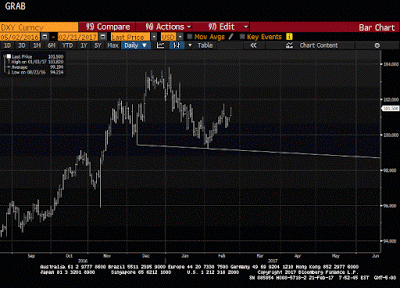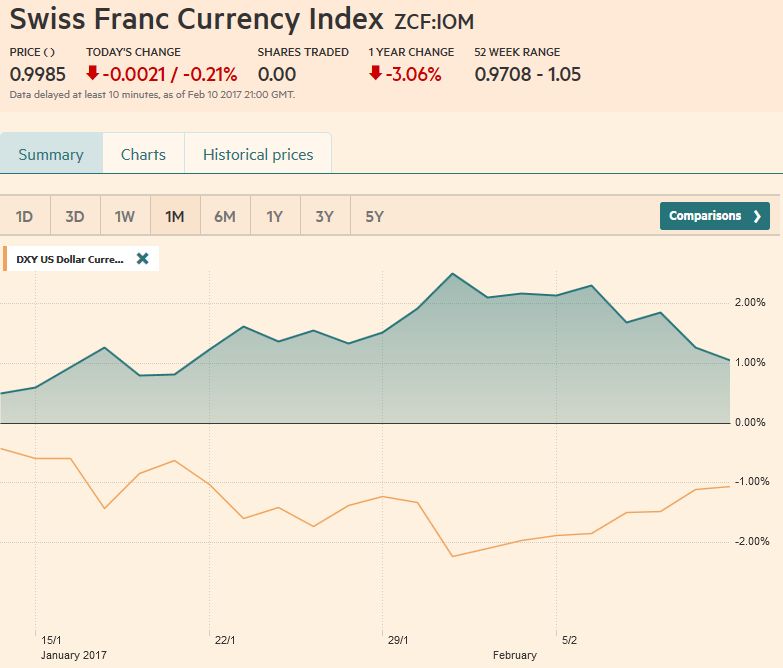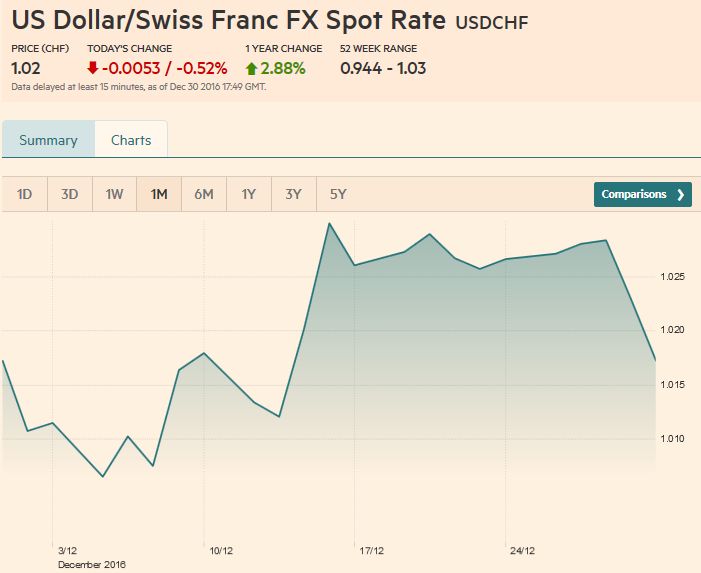The outlook for the dollar in the week ahead is not about economic data or the FOMC and ECB minutes. It is about the stability of the global capital markets.
Many are looking for an event or official action that will stop the rout that is of historic proportions to start the year. We too have been thinking about what it would take to stop the rot. However, none of the frequently mentioned events, like an agreement to cut oil output, or for a coordinated policy response by the major countries, are particularly likely.
Nevertheless, perhaps the selling has been a bit like a fire than can exhaust itself. If market speculation that the sovereign wealth fund is an important driver here, we can assume that it is a one-off portfolio adjustment. Many Asian markets, including China, have been closed in the past week, and their return poses the immediate risks. However, the European and US markets may have begun stabilizing at the end of last week, and increasingly media reports quoted analysts and fund managers recognizing the excessive nature of the price action.
Our reading of the charts suggests that the dollar's swoon against the euro and yen are over of nearly so. As we have noted the US Dollar Index is heavily weighted toward Europe and is not representative of US trade flows. Two of America's four largest trading partners (Mexico and China) are not included. Yet it is a much-followed proxy of "the dollar," The RSI appears to be turning higher, and the MACDs could turn next week.
It briefly slipped below the 61.8% retracement objective of the rally from the August low. It was found near 95.65. It did not close below it. The initial hurdle is seen near 96.60-97.00. Above there, a push through 97.50-98.00 would lend credence to what now is only a suspicion that the dollar's downside correction is over.
The euro overshot the 61.8% retracement of the decline since last August. That was found near $1.1260, where is finished the week. If last week's euro high near $1.1375 does not hold, many will be looking at $1.17, which is a 38.2% retracment of the euro's decline since mid-2014 when it was near $1.3700. That $1.17 also corresponds to the August 2015 high. The first test of the euro's advance comes in near $1.1120 and then $1.1080. The technical indicators we look at suggest the market is stretched but does not show a convincing reversal pattern.
The yen's strength is not a sign, we argue, that monetary policy is not longer effective. Instead, we suggest that it has been overwhelmed by the unwinding of funding and hedge positions. By nearly any metric, the more than 10 yen decline in the dollar since the start of the month is excessive. A move above JPY113.50 area would boost confidence that sharp decline is over, and a new phase has begun. Corporate surveys suggest many Japanese companies had budgeted for JPY117.00, but dollar gains back above JPY115 would go a long way toward easing profit concerns that have weighed on the Nikkei.
Sterling was not used as a funding currency nearly as much as the euro and yen. In the massive unwind it did not benefit as much as they did. Sterling is vulnerable to the Brexit fears and rate expectations. The pendulum of market psychology has not only given up on a rate hike this year, but the short-sterling futures strip implies that the market has begun pricing in the (small) risk of a BOE rate cut. Further deceleration of wage growth, which is expected in next week's labor report, can only fan rate cut ideas.
Technical indicators suggest sterling can probe higher initially. The $1.4570-$1.4600 area can be tested, especially if the anticipated pullback in the euro spurs buying of sterling on the cross. Watch the two-year spread for directional cues. Before the weekend, the US premium was threatening to slip below 20 bp, which has held since late-November. On the downside, sterling has carved out a bit of a shelf in the $1.4350-$1.4380 area.
The US dollar rallied from about CAD1.2835 in mid-October to almost CAD1.47 in the third week of January. Although oil prices settled on February 11 at their lowest level since 2003, the downside correction remained intact. The attempt on CAD1.40 brought in new selling. To continue the downside correction, the greenback must be sold back through CAD1.3750, which would signal a test on the February 4 low near CAD1.3640 and possibly CAD1.3540, which would meet the 61.8% retracement objective of the rally since mid-Oct.
The technical indicators of the Australian dollar are not generating strong signals. This may mean range trading. Over the medium and longer terms, we still see a weaker Aussie. There may be a head and shoulders pattern being traced out with a neckline in the $0.6975-$0.7000 area. The measuring objective would be back toward the lows near $0.6825. On the upside, the $0.7150 area may mark a near-term ceiling.
The dollar soared to almost MXN19.45 before the buying pressure eased. This strikes us as an overshoot and before the weekend the correction began. A break of MXN18.88 would since potential back toward MXN18.55. The 20-day average is seen near MXN18.51. There appears to be a dollar bearish divergence in both the RSI and MACDs.
Although we are not very optimistic about a near-term agreement among oil producers to cut output, a bottom of sorts appears to be in the process of being carved. A move back above $30 would be the first constructive sign, but it requires and advance through $35 to confirm a double bottom. If so, the measuring objective is near $44, the high seen in late last November.
The US 10-year yield slumped to 1.53% on February 11. This is the lowest yield since 2012. Barring a new collapse in oil or equities, US 10-year yields are likely to move higher. Our objective next week or so is 1.80%-1.90%. The March bond futures spike on February 11 often corresponds to an extreme. The first retracement objective is near 130-04 and then 129-08. The RSI has turned down. The MACDs will likely do the same in the coming sessions.
We suggested that the kind of bottom that should be anticipated in the S&P 500 was a "W" rather than an "L" or a "V." This still looks to be the case, and the new marginal low on February 11 is the second bottom. On a double bottom, the neckline is near 1950. Before that is seen, the S&P 500 needs to get above the next retracement target near 1880.
(Commentary will be posted less regularly while I am on a two week business trip. It may not improve the accuracy, but hopefully it can be as thought-provoking and informative)
Tags: Dollar Index

















